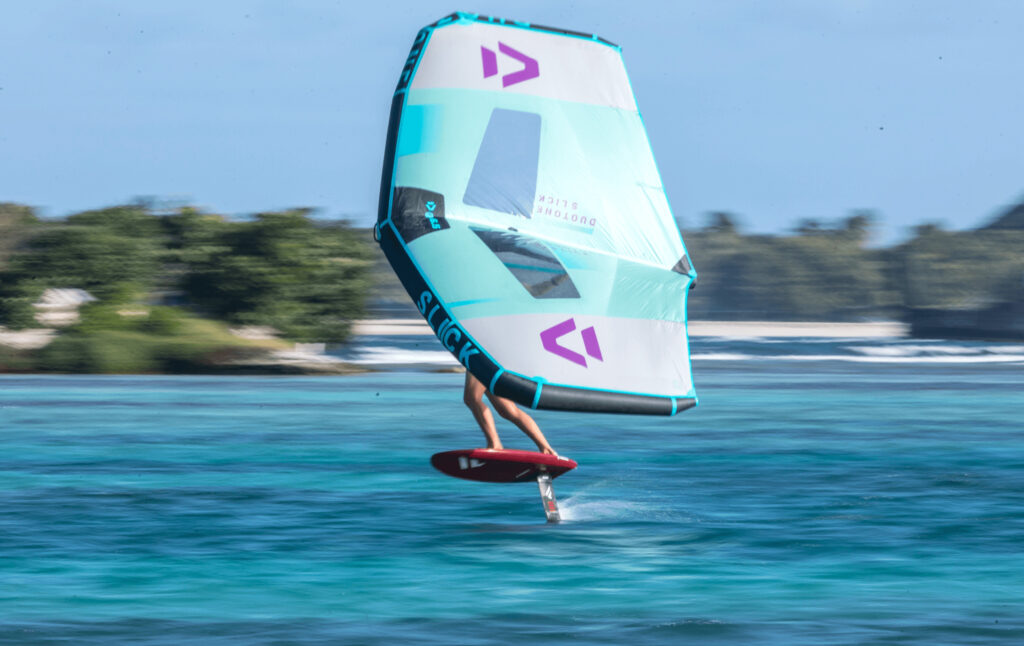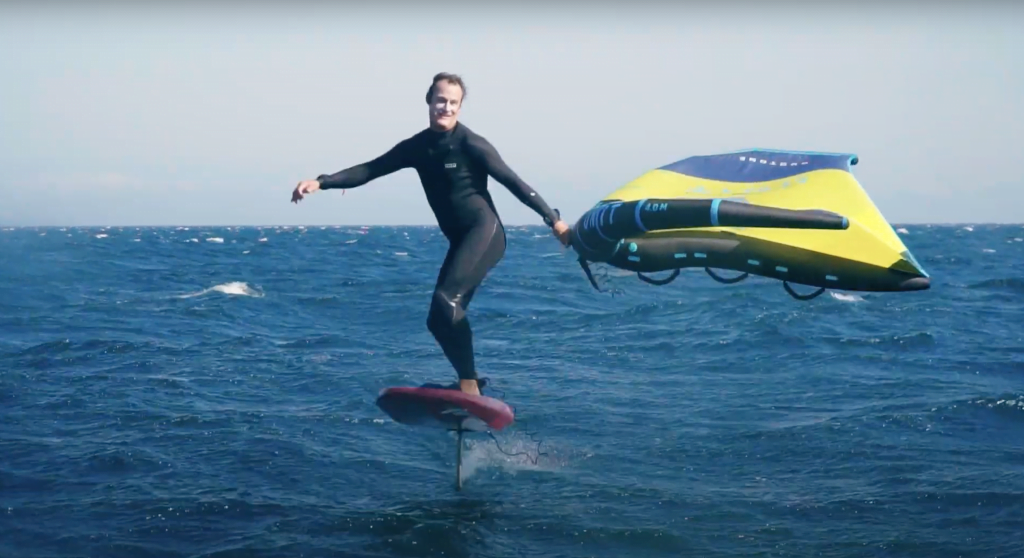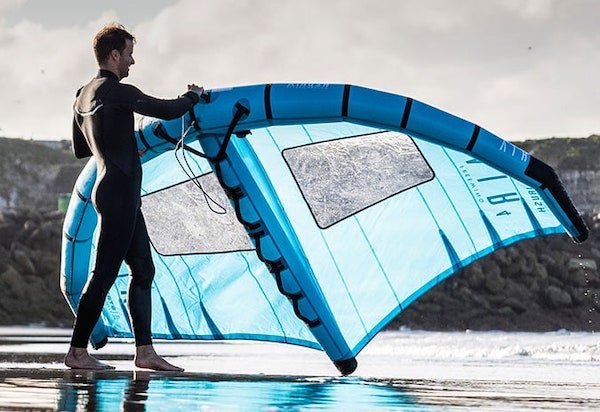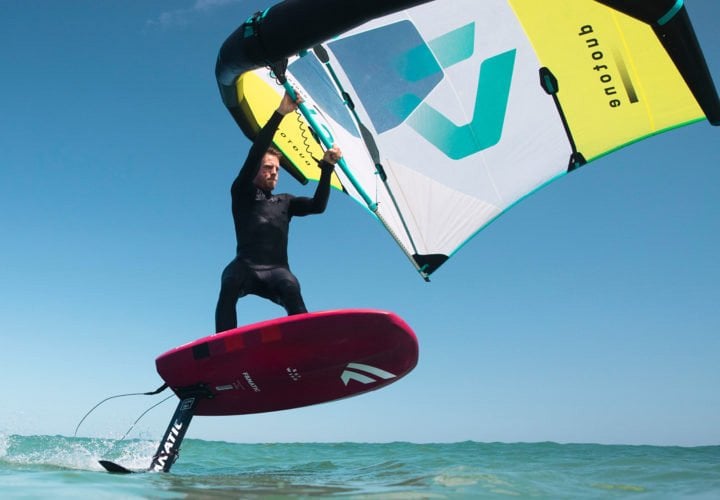
Wings are the new kids on the block. The concept was actually conceived in the 80s, but the materials necessary to make a success of the idea were simply unavailable. Thanks to the advent of inflatable kite technology, the wing is now manufactured to a high standard by many notable brands, marked by their swift uptake into the kitesports market. Although both kites and wings are used in the same disciplines, they are quite clearly fundamentally different. We’ve put together this wings buyer’s guide to help you decide if a wing is the right choice for you. For further questions, please get in touch with one of our staff members, who will provide you with further guidance.
Why a wing?
Wings have found a natural pairing with hydrofoil boards; specifically with beginner foilers, who wish to forgo the time of mastering kite flying. With no bar and lines to become accustomed to, mastering the sail can be achieved in half a day; especially appealing to those who have limited time available. Wings make a great choice for light wind days and locations. Unlike a kite, they don’t have to fly to provide pull. Essentially, as long as there is wind, they will give power that can be used on any buoyant water board, including SUPs and surfboards.

They are also considered to be the safest choice. A sail that is within reach of the rider is easy to control and de-power. If the wing becomes overpowered, perhaps due to a gust, the rider simply lets go of the wing with their backhand. The power is dissipated, and the sail stays with the rider, ready to re-engage when needed.
Pros
- Ideal for foiling
- Simple and easy setup
- Quick progression
- Cheaper then kites
Cons
- Small choice of tricks
- Requires good arm strength as a harness is not used
Different designs
Inflatable strut

These are the most common design. A series of straps runs down an inflated central strut, and this is where the rider holds onto the kite. As they do not contain any hard parts that may cause injury, they are a good choice for beginners.
Hard booms

The wing is formed with a pole that runs down the centre of the canopy. This design makes the wing more responsive and efficient, whilst providing the rider with more dynamic handling. These are recommended for intermediate to advanced riders.
Wind ranges
Wing riding is suitable in wind speeds from 8 to 50 knots. A single wing’s wind range is comparable with that of a kite; one wing will be suitable for a range of 15 to 20 knots. Two to three wings will ensure that you can ride in all suitable wind conditions. For your first wing, we recommend a size that is most appropriate for the conditions typical of where you surf.
Finally
We hope that this wing buyer’s guide has been useful. Wings are a great choice for beginners who don’t have the time or inclination to learn kite flying. By comparison, they are much easier to muster, and do not require a multiple day course to ensure rider safety; although an introductoy couple of hours with an instructor is never a bad idea. They can be used on a wide range of wind sports, including buggying, SUPs, sufboards, hydrofoils, and even twintips. The wings versatility and ease-of-use has challenged the dominance of the kite as the primary sail of choice for shore-based watersports, and it seeam for good reasons.
